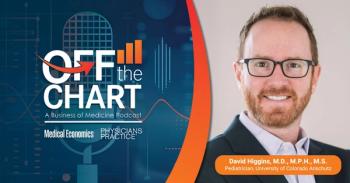
Atrial fibrillation: Key coding considerations
Atrial fibrillation is an abnormal heart rhythm characterized by rapid and irregular beating. It may happen occasionally with symptoms that come and go, last for a few minutes to hours, and then stop on its own. With chronic atrial fibrillation, the arrhythmia is always present.
Atrial fibrillation is more common as adults get older. While many cases have no symptoms, occasionally there may be heart palpitations, irregular pulse, shortness of breath, weakness, fatigue, chest pain, dizziness, confusion, light-headedness or fainting.
Although not as common, teens can also have symptoms of atrial fibrillation. It can be a single, isolated event or a sign of an underlying condition if repeated episodes follow. Pediatric patients are almost always symptomatic with palpitations prior to a serious event such as cardiac arrest. A single event for an otherwise healthy heart can be triggered by drug or alcohol use, or even exercise.
Sources
American Health Association/American College of Cardiology. AHA/ACC Pocket Guideline. Management of patients with atrial fibrillation. 2011.
Ahmad Y, Kirchhof P. Gone fishing (for silent atrial fibrillation). Circulation. 2013;127(8):870-872.
Atrial Fibrillation Association. Atrial Fibrillation. Preventing a Stroke Crisis. Chapter 8 – Current challenges.
Colilla S, Crow A, Petkun W, et al. Estimates of current and future incidence and prevalence of atrial fibrillation in the U.S. adult population. Am J Cardiol. 2013;112(8):1142-1147.
Doheney K. Atrial fibrillation patients and doctors have a communication gap.
January CT, Wann LS, Alpert JS, et al. 2014 AHA/ACC/HRS guideline for the management of patients with atrial fibrillation. Circulation. 2014;130(23):e199-e267.
National Heart, Lung, and Blood Institute. Explore atrial fibrillation.
National Stroke Association. Act FAST.
Reynolds M, Essebag V. Economic burden of atrial fibrillation: implications for intervention.
StopAFib.org. New analysis illustrates the hidden burden of atrial fibrillation on healthcare spending and resources in each state. March 22, 2011.
United States Centers for Disease Control and Prevention. Atrial fibrillation fact sheet.
Patient education resources
Newsletter
Stay informed and empowered with Medical Economics enewsletter, delivering expert insights, financial strategies, practice management tips and technology trends — tailored for today’s physicians.








